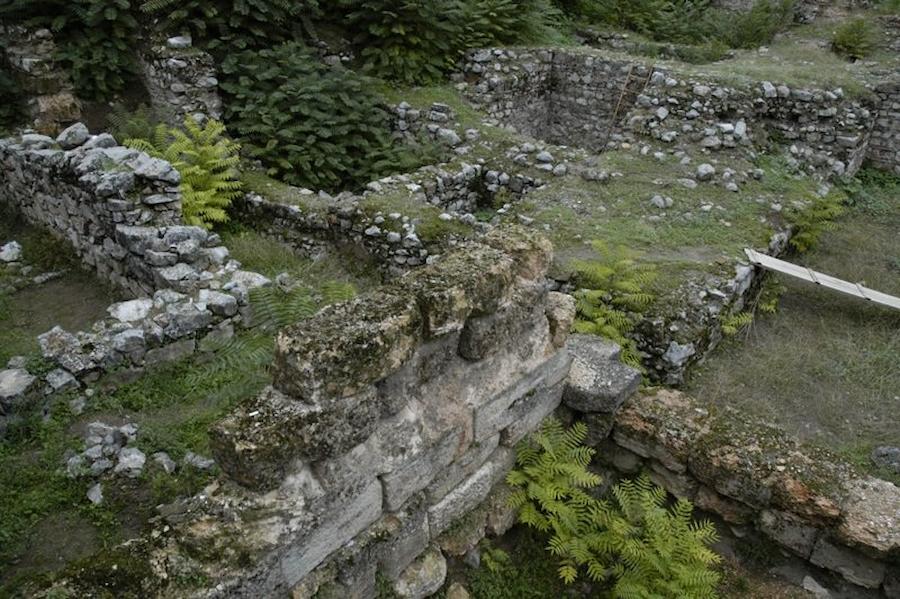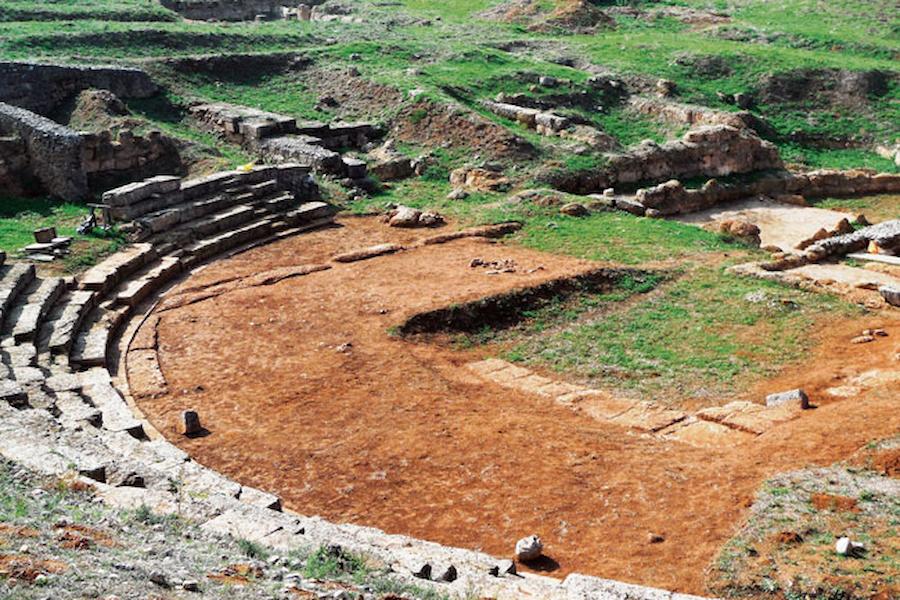The modern city of Thebes was built on the site of ancient Thebes, which was among the most essential parts of Greek antiquity.
The region has been inhabited since Neolithic times and flourished during the Mycenean era (1600-1100 BCE). Ancient Thebes was among the most substantial ancient Greek cities and dominated that region of Greece for the 4th century BCE. It was subjugated by the Romans (197 BCE to 395 CE) and flourished economically during the Byzantine era (395-1204 CE). The city was known throughout Greece for its silk artisans and its textiles. Conquered by the Ottomans in 1460 CE, it was liberated in 1829 during the Greek Revolution and became part of the Modern Greek state.
The ancient Greek city of Thebes played a central role in the long pageant of Greek history. It appears in many of the age-old legends of Greek mythology and was part of the Mycenaean civilization during the Bronze Age.
Later, becoming embroiled in the many conflicts between it and other Greek city-states, Thebes (Θήβα, Thíva), in Boeotia, Central Greece, once was the setting for the exploits of Cadmus, Oedipus, Dionysus, Heracles, and other figures from Greek mythology.
Archaeological digs in Thebes and its vicinity have revealed evidence of a Mycenaean-era settlement and clay tablets with the Linear B script, indicating the site’s importance in the Bronze Age.
Thebes played a central role in Greek mythology and the nation’s military history.
Thebes, the largest city in the ancient region of Boeotia, was the leader of the Boeotian confederacy, an alliance founded in 379 BC after a rebellion freed the cities of Boeotia from Spartan dominance.
It was a major rival of ancient Athens and sided with the Persians during the 480 BC invasion under the Persian king Xerxes. Theban forces under the command of Epaminondas ended the Spartan hegemony at the Battle of Leuctra in 371 BC. The Sacred Band of Thebes (an elite military unit) famously fell at the Battle of Chaeronea in 338 BC against Philip II and Alexander the Great.
Prior to Alexander’s destruction in 335 BC, Thebes was such a major force in Greek history that it was the most dominant city-state at the time of the Macedonian conquest. During the Byzantine period, the city also became famous for its silks.

The record of the earliest days of Thebes was preserved in legends that rival the myths of Troy in their cultural ramifications and the influence that they exerted on the literature of the classical age.
The modern city of Thebes has an important archaeological museum, the remains of the Cadmea citadel, and scattered ancient ruins.
It is worth mentioning that Thebes also has several churches with immense historical wealth. Specifically, in the Holy Church of the Evangelist Luke, who, after the death of the Apostle Paul, lived, taught, wrote, and passed away in Thebes, the Roman sarcophagus containing his sacred relic is still preserved.
Gastronomy
Thebes, being in the heart of Greece, strangely appears not to have a special recipe precisely because it was not isolated. Its exquisite flavours, along with its wine, have been spreading since antiquity and have been contributing to the overall gastronomic tradition of the country.
Of course, Thebes is a crossroads of important traditions, a place that echoes strong memories of Asia Minor, the Sarakatsani, the Arvanites, the Pontians, and all the population groups that contributed to the region’s amalgam from time to time.
The cuisine of Thebes is expressed with special flavours such as fine meats – the custom of the skewered sow in August is a feast of the senses. The area of the Municipality of Thebes is predominantly rural. The region produces excellent-quality vegetables, fruits, beekeeping products, olive and dairy products, and wines from the numerous wineries in the area.
The broader area of Thebes is a world of tradition and authenticity. Especially during Apokries (Greek Halloween), there are many customs for the visitor to enjoy. Certainly, Thebes and its beautiful countryside and villages are a wonderful destination for groups and families wishing to experience these special days.
At Kaparelli village and in the morning of the Sunday of Turine, the “Kithaironia” are held. These are events with traditional dances and songs, a carousel, and plenty of food and wine for locals and visitors.
At the village of Vagia, Gaitanaki takes place on the Sunday of Turin, featuring traditional dances and songs. On Shrove Monday, curated by the Vagia Women’s Associations, visitors will enjoy traditional Koulouma and kite flying.
One of the most picturesque folk customs of Boeotia is the Vlach wedding of Thebes. The events start on Tsiknopempti Thursday during Apokries and culminate on Shrove Monday. The “Vlach wedding” is a remnant of the ancient worship of the god Dionysus in the land of great legends, Thebes. This custom, a variation and imitation of a Vlach wedding, is an opportunity to connect the present with the past of Thebes and attracts every year a crowd that enjoys the custom and feasts heartily, with plenty of wine, Lent meze and plenty of teasing!




